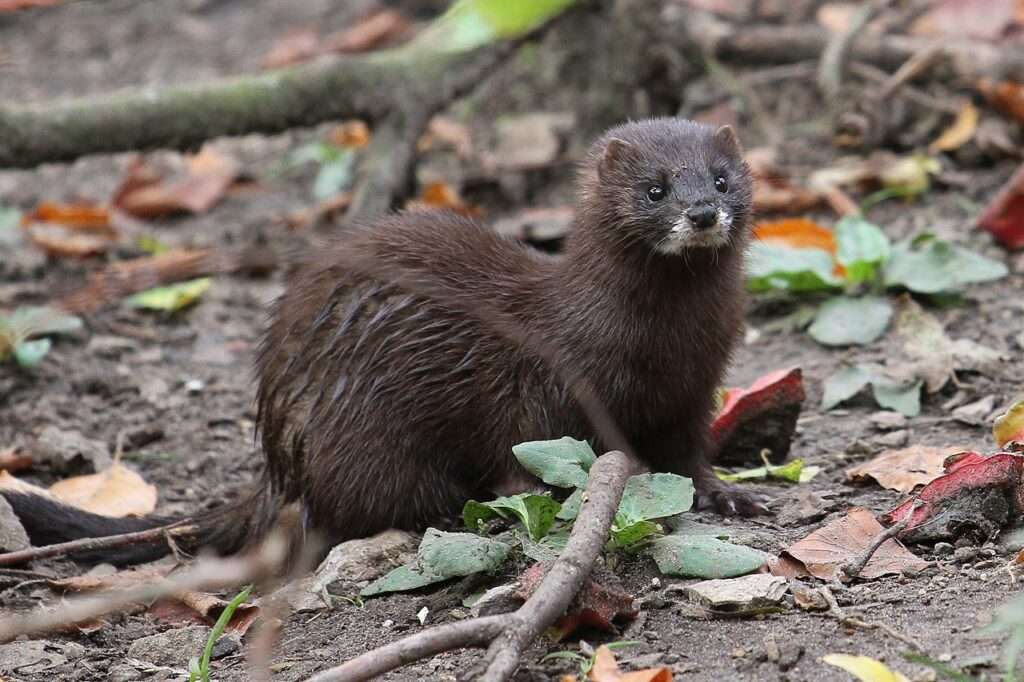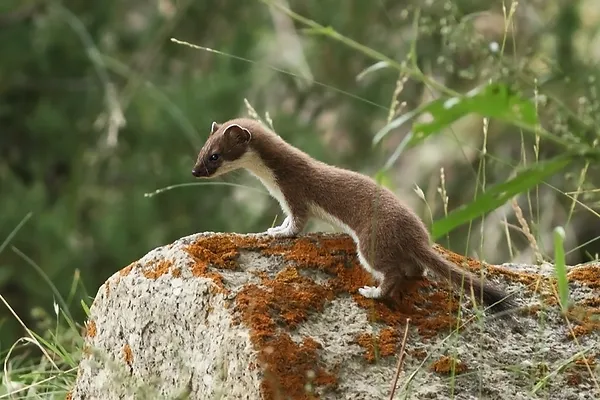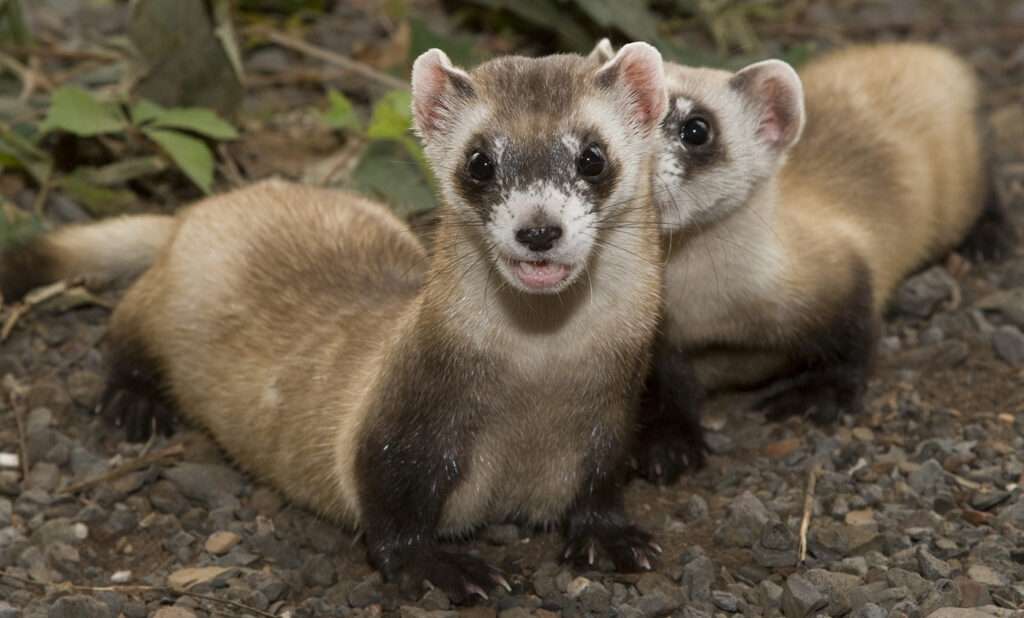
Description
Scientific Name: Mustela eversmanii
A species of mustelid is the steppe polecat (Mustela eversmanii), commonly referred to as the white or masked polecat.
Similar to other species of the Mustela genus, steppe polecats have long, slender bodies and display a range of colour patterns. The body is often pale brown or straw yellow. They have a dark dorsal coat that gets lighter as it moves towards the ventral coat. The pigmentation on the muzzle resembles a mask, while the thorax, limbs, inguinal area, and about a third of the tail are all dark brown to black. The “masked polecat” is a term that has been applied to them as a result.
Habitat
Steppe polecats can be found from Central and Eastern Europe to Mongolia and northern and western China, passing through southern Russia, Kazakhstan, northern Georgia, Turkmenistan, Tajikistan, Uzbekistan, and Kyrgyzstan. These animals are found in pastures, cultivated fields, shrubland, and steppes.

Behavior
Only during the breeding season can steppe polecats form breeding colonies, which are made up of numerous married pairs and their offspring. Males who are not yet mated like to hang out with other bachelors, and interactions between them and females only occur during the breeding season. Steppe polecats frequently spend many years in the same burrow, but they occasionally migrate locally in reaction to heavy snowfall or a lack of food. They are nocturnal, and while most prefer to stay near to home, they will sometimes travel up to 18 km at night to obtain food. They rely heavily on their senses of hearing and scent and are incredibly nimble. When looking for prey, they may leap up to one metre at a time and seem to move in a random fashion.
Diet
Steppe polecats are carnivorous and feed mostly on young or injured adult marmots, ground squirrels, hamsters, and pikas. Throughout the year, ground squirrels are their most common food; during warm months, they are hunted on the surface, while in the autumn, they are excavated from their burrows. Steppe polecats hunt fish, birds, carrion, and water voles along the banks of rivers and lakes. On rare occasions, they might kill birds like willow grouse and grey partridges.
Table





